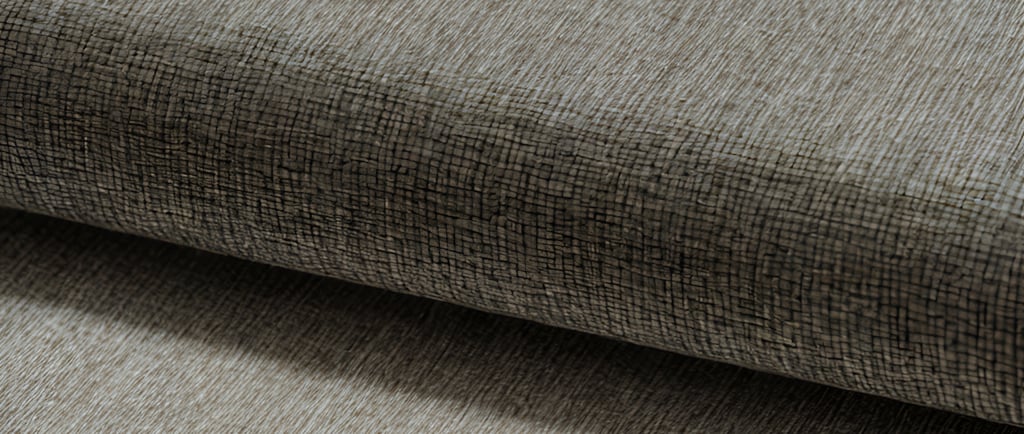5 Tips on How to Pick the Right Fabric for Your Furniture: Color Coordination and More
5/20/20243 min read


Understand the Usage and Durability Requirements
When selecting the right fabric for your furniture, understanding its intended use and the durability requirements is paramount. The durability of a fabric largely depends on how frequently the furniture will be used and the level of wear and tear it is expected to endure. For instance, furniture in high-traffic areas, such as living rooms, or households with children and pets, demands robust and resilient fabrics. In such scenarios, durable options like microfiber, leather, or heavy-duty woven fabrics are ideal. These materials are not only hard-wearing but also easier to clean and maintain, making them suitable for everyday use.
On the other hand, furniture that is used less frequently, such as guest room pieces or decorative chairs, allows for a bit more flexibility in fabric choice. Here, you might opt for more delicate and luxurious materials like linen or silk. These fabrics offer a sophisticated aesthetic but may not withstand heavy usage as well as their sturdier counterparts.
One crucial metric to consider when evaluating fabric durability is the rub count, which measures the fabric's resistance to abrasion. A higher rub count indicates greater durability. For high-traffic areas, fabrics with a rub count of 15,000 or higher are recommended. In addition to rub count, it's important to consider the fabric's stain resistance and ease of cleaning. Fabrics treated with stain-resistant finishes or those that are inherently stain-resistant, like certain synthetic fibers, can simplify maintenance significantly.
Ultimately, the choice of fabric should align with your lifestyle and usage needs. By carefully assessing the fabric's durability, stain resistance, and maintenance requirements, you can ensure that your furniture remains not only aesthetically pleasing but also functional and long-lasting. Selecting the appropriate material will enhance the longevity and appearance of your furniture, providing comfort and satisfaction for years to come.
Mastering Color Coordination: Choosing Colors that Complement Each Other
Color coordination is a fundamental aspect of interior design that significantly influences the aesthetic and ambiance of your living space. When selecting fabric colors for furniture, it is essential to harmonize them with your existing décor and color schemes. This process begins with a basic understanding of the color wheel. The color wheel can help you identify complementary, analogous, and triadic color schemes, which are effective in creating a visually pleasing environment.
One effective strategy is to use neutral base colors, such as beige, gray, or white, for larger pieces of furniture. These neutral tones provide a versatile foundation that can be easily complemented with pops of accent hues. Accent colors, which can be introduced through pillows, throws, or smaller furniture pieces, add vibrancy and interest to your space. Popular accent colors include bold shades like teal, mustard, or coral, which can energize the room without overwhelming it.
Natural lighting plays a crucial role in how colors appear in your space. It's important to consider how the room's lighting conditions—whether it's sunlight during the day or artificial lighting at night—affect the perception of colors. For instance, cooler tones like blues and greens may appear more vibrant in natural light, while warmer tones like reds and oranges can create a cozy atmosphere under artificial lighting.
Incorporating patterns and textures is another way to add depth and interest to your interiors. Patterns such as stripes, florals, or geometric designs can make a statement, while textured fabrics like velvet or linen add a tactile dimension to the room. When using patterns, ensure they harmonize with the overall color scheme to avoid visual clutter.
Before making a final decision, it is advisable to swatch and test fabric samples in your actual living space. This practice allows you to observe how the colors interact with your existing décor and lighting conditions, ensuring the chosen fabrics enhance the visual appeal and cohesion of your interiors. By following these tips, you can confidently select fabric colors that contribute to a harmonious and aesthetically pleasing home environment.
